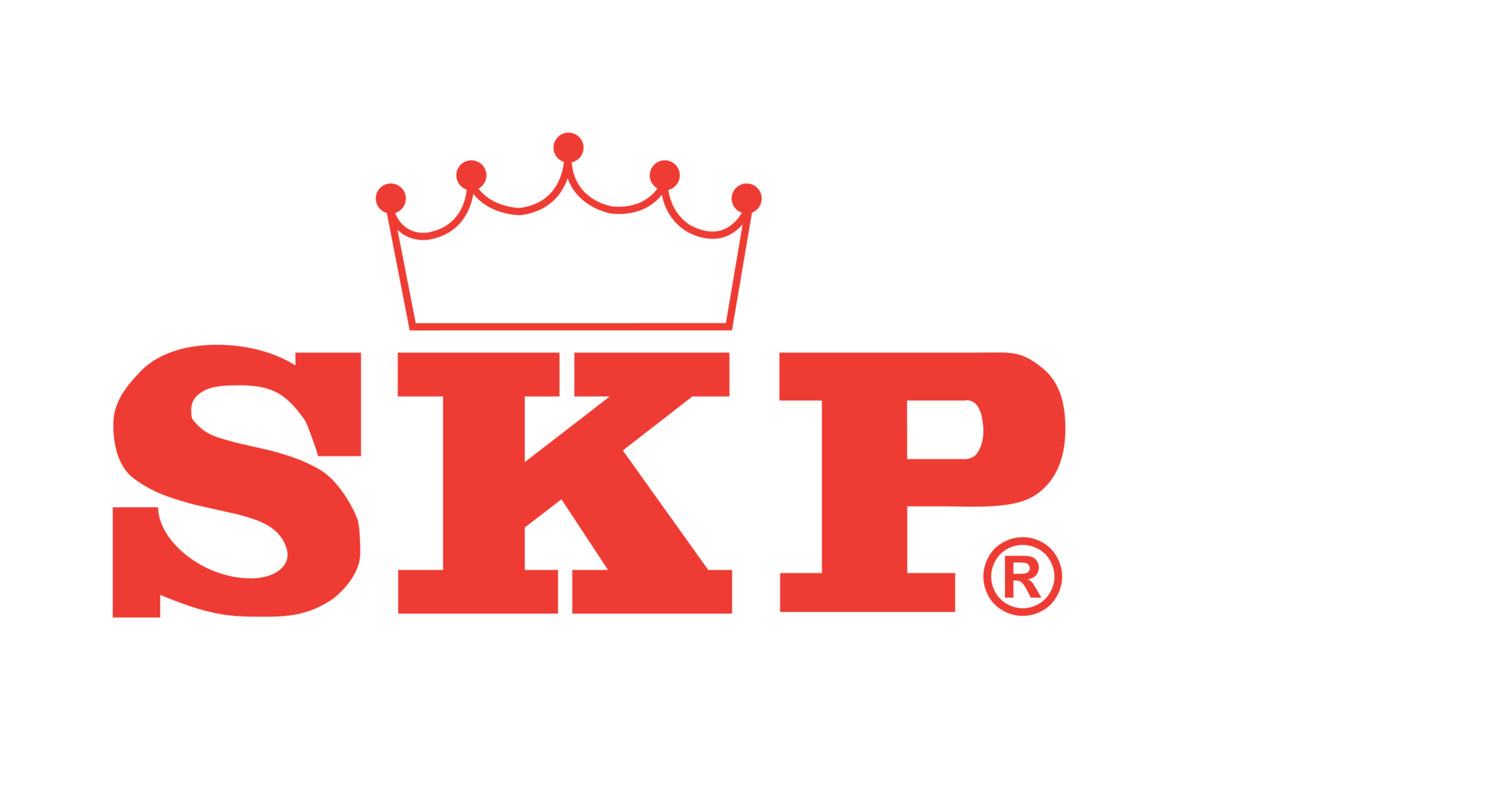3 Critical Tips To Choose The Right Font For Your Packaging
Customising packaging design helps convince and win over your customers. When designing your custom food packaging, it is natural to want to include as much branding and marketing materials as possible. Your brand logo will most likely take the centre spot or the centre top. However, one key element of packaging designs that many overlook is the font.
More often than not, brands come up with catchy taglines, only to have them not be conveyed due to illegible and incomprehensible fonts. The branding message and tone help to convert potential customers into loyal consumers. However, it is the typography or the fonts that catches their initial attention.
In this article, we will focus on the importance of choosing the right font and how it can help your food packaging boost its attractiveness and recognition.
1. Type of fonts
The font type you use plays a significant role in the look and feel and the design of your food packaging. Consider your brand image and tone. Is it serious? Is it fun? Fonts can express ideas and emotions. For example, if the image of your brand is colourful and fun, it goes without saying that your food packaging design should have lots of bright patterns and colours.
Another possible inclusion to your final design would be to use decorative fonts rather than serif fonts, portraying your brand image as cheerful rather than serious. Brands typically use four different key types of typefaces:
Serif fonts
Serif fonts are the oldest font types. They feel and look serious and classic. One of the most commonly used styles of serif fonts is Times New Roman. They typically work best with books and newspapers. If you want your brand to appear more formal and professional, serif fonts are ideal.
Sans serif fonts
Sans means without. The difference between sans serif fonts and serif fonts is the exclusion of lines that appear at the end of the letters seen in serif fonts. These types of fonts were popular in the 1800s. They were typical in advertisements, helping to portray a more informal yet professional feel and tone.
Decorative fonts
This type of typeface is made up of various types of fonts, such as stencil and grunge-type texts. They offer more freedom when using them for various brand tones.
Script fonts
Scrip fonts resemble cursive, handwritten calligraphy. This type of typeface helps to exude a warmer and personal touch feel to the food packaging. It also helps to portray a more luxurious and elegant brand image.
2. Size of fonts
Do not lose your font to other packaging design elements. Your font should be prominent yet not overpowering in a way that robs the attention of the rest of the packaging design. Pay attention to the hierarchy of the text content in your design. For example, your brand name should be the largest and boldest, followed by supporting details, such as social media handles, taglines, and hashtags, which should be in legible, smaller fonts.
3. Include only what is necessary
It is easy to overwhelm your packaging design by including as much content as possible. As much as you want to provide your customers with as much information as possible about your brand and the content in the food packaging, doing so will only lead you to compromise on other key design elements, such as the type and size of fonts.
If you want to stand out from your competition, all three elements that we have mentioned above should be balanced. Yes, your customers will want to know about your brand. However, you need to know that they might not spend enough time reading through every single detail. You can always use other elements to convey such information, such as using connective elements like QR codes.
What to look out for when designing packaging designs using Adobe Illustrator
Adobe Illustrator is probably one of the most used platforms businesses rely on to design their packaging. As such, if you use it to design your packaging, here are some critical factors to look out for:
Make sure to vectorise or outline your text: Doing so ensures that the printer opening your design file will not miss out on any of the font files.
The minimum text size is 6pt: If your packaging design includes text that is smaller than 6pt, do let the packaging suppliers know about it so that they can adjust accordingly.
Conclusion
Fonts play a critical role in your packaging design, affecting how your customers perceive your brand. As such, it should not be underestimated. However, the success of your brand’s marketing does not end with having a good packaging design. It extends to the food packaging supplier you work with.
This is where SKP comes in. For a limited time only, we are offering custom printing services for food packaging that guarantees low MOQ and high impact. If you are a F&B business, particularly a small one, and are looking to make a huge impression on your customers, look no further than SKP. With the flexibility of printing in small batches, you can bid farewell to wasted packaging and excessive inventory.
Additionally, as one of the leading providers of sustainable food packaging options, such as biodegradable and paper food packaging, sustainable cutleries, and eco-friendly cups, you can take your brand image to the next level with our eco-friendly printing techniques and packaging materials to align your brand with environmentally-conscious customers.
Do not wait for weeks for your custom food packaging. Get them as soon as possible! Contact us today to discuss on your custom printing needs and take your F&B business to the next level!

